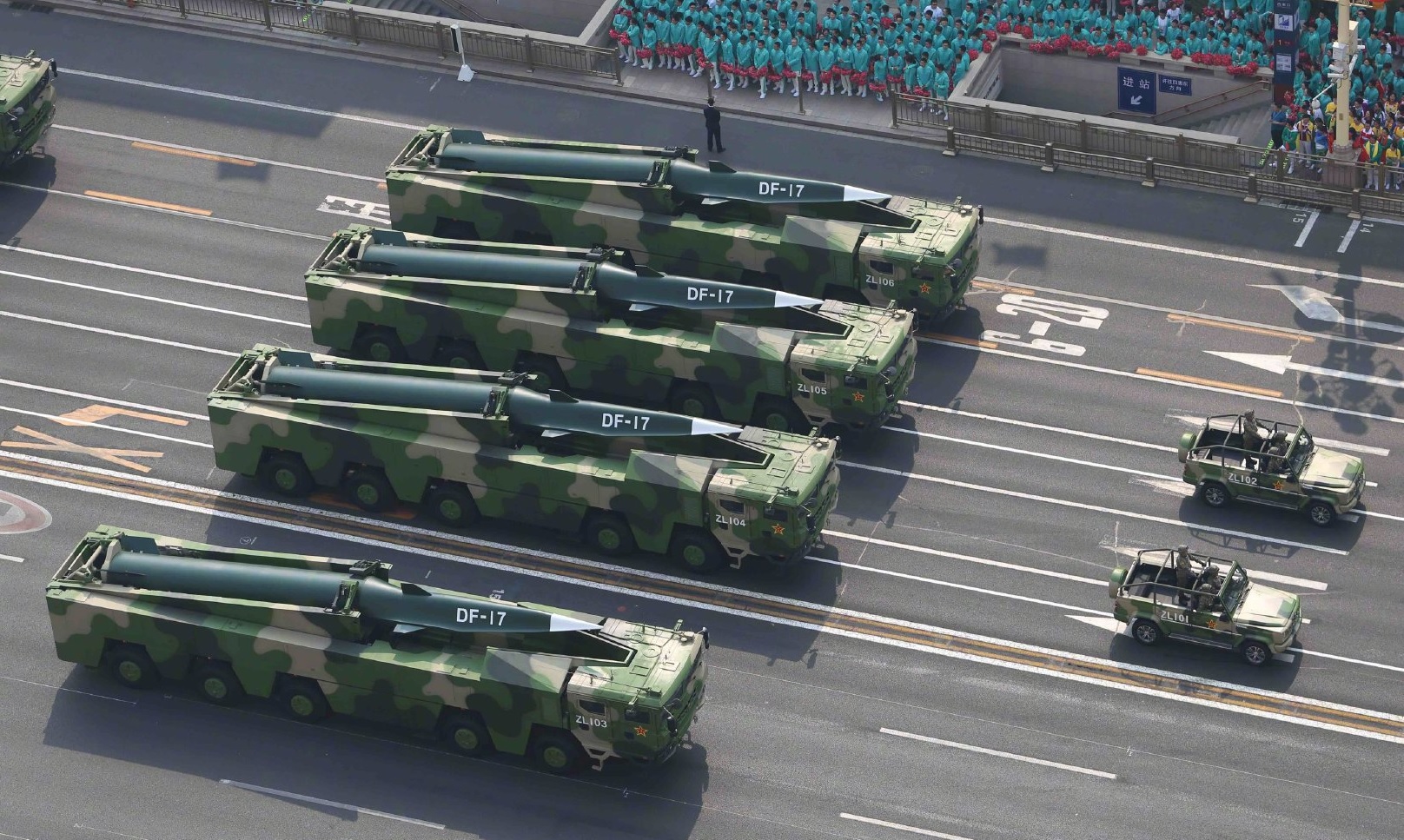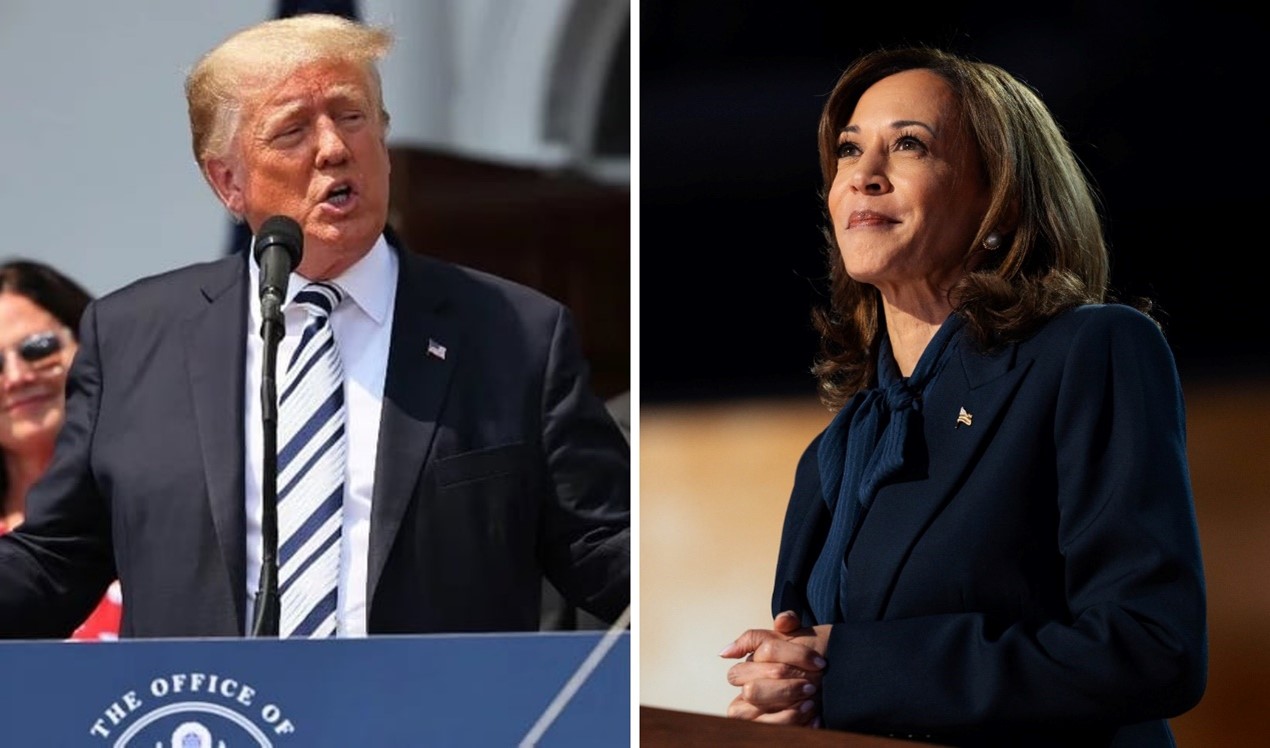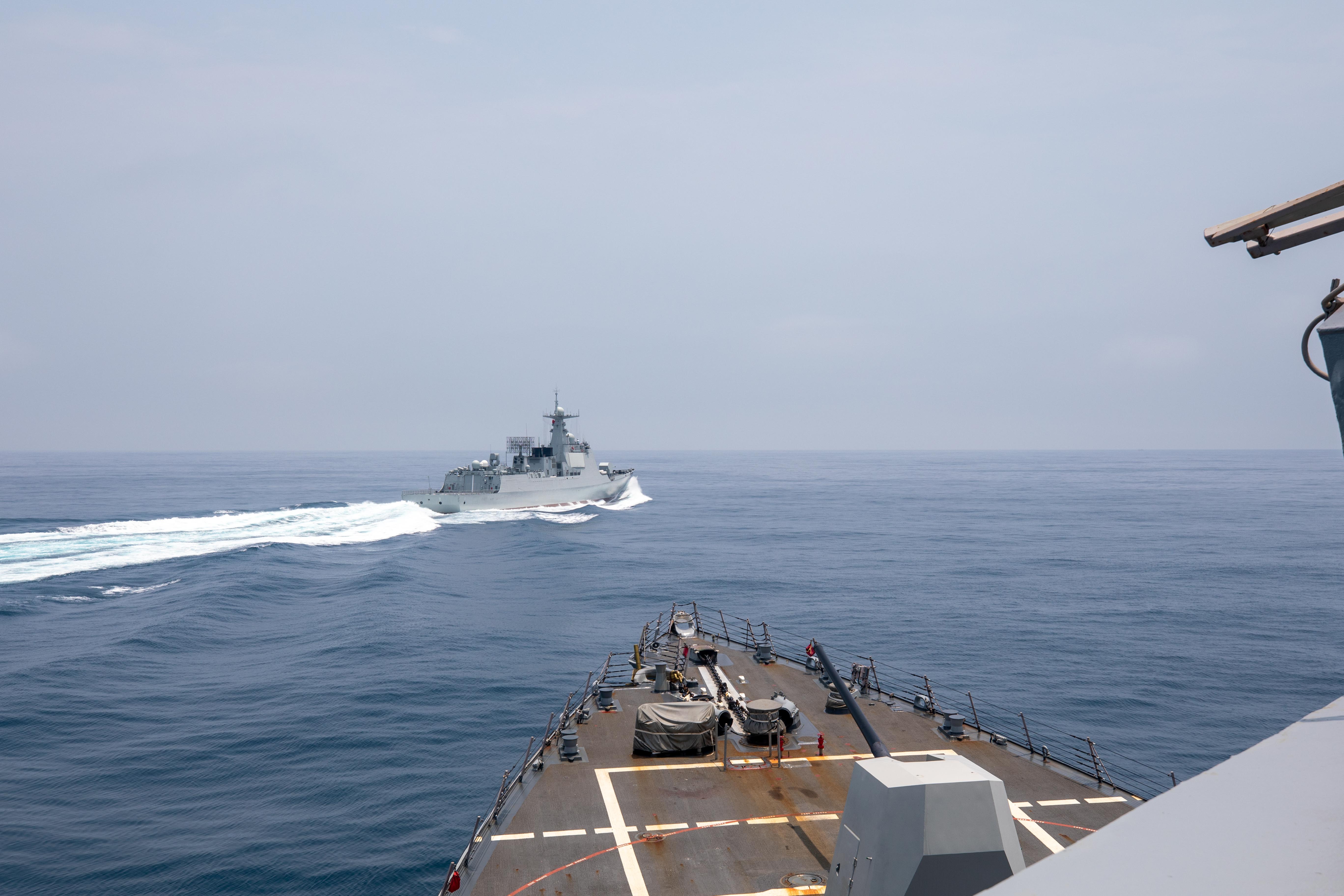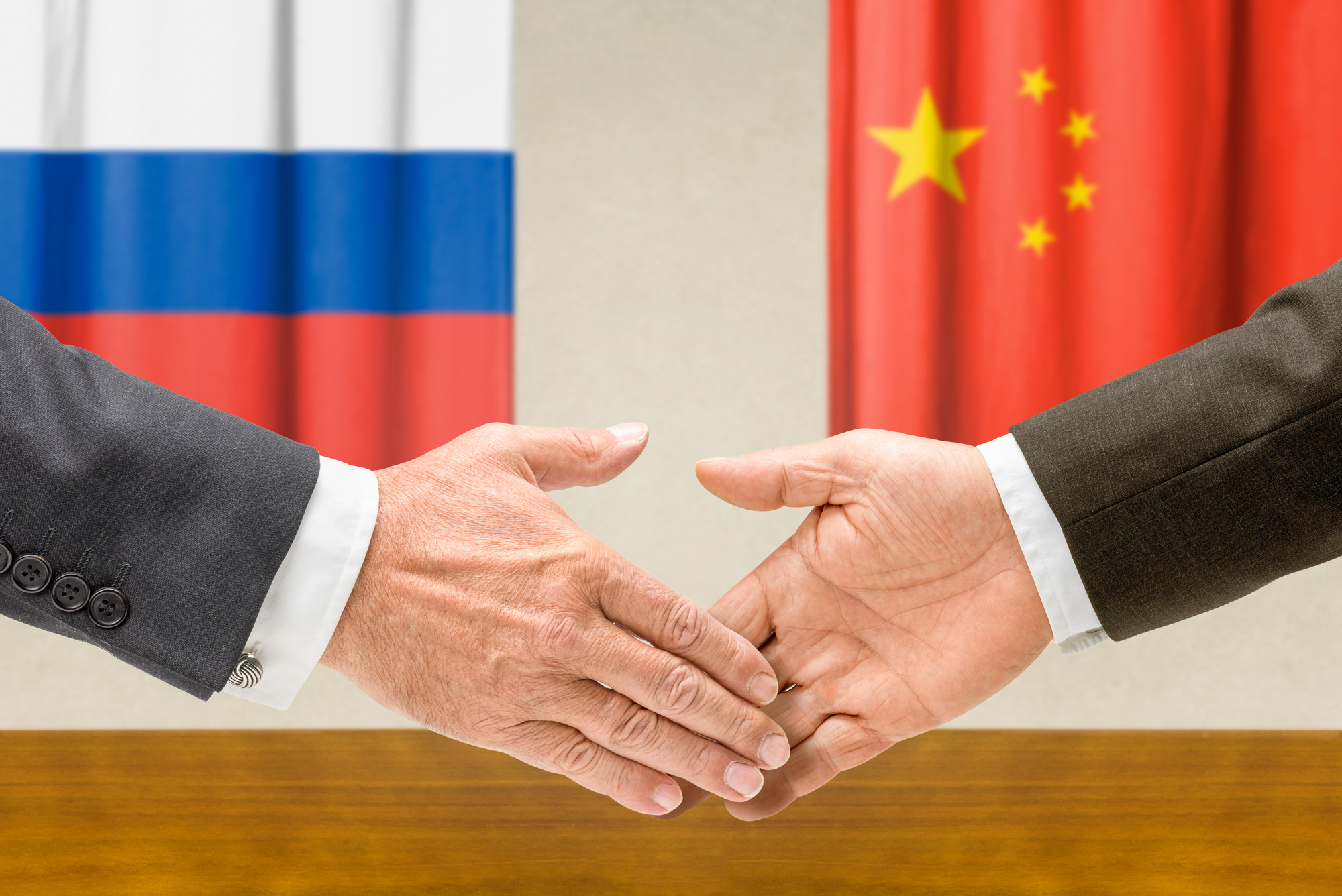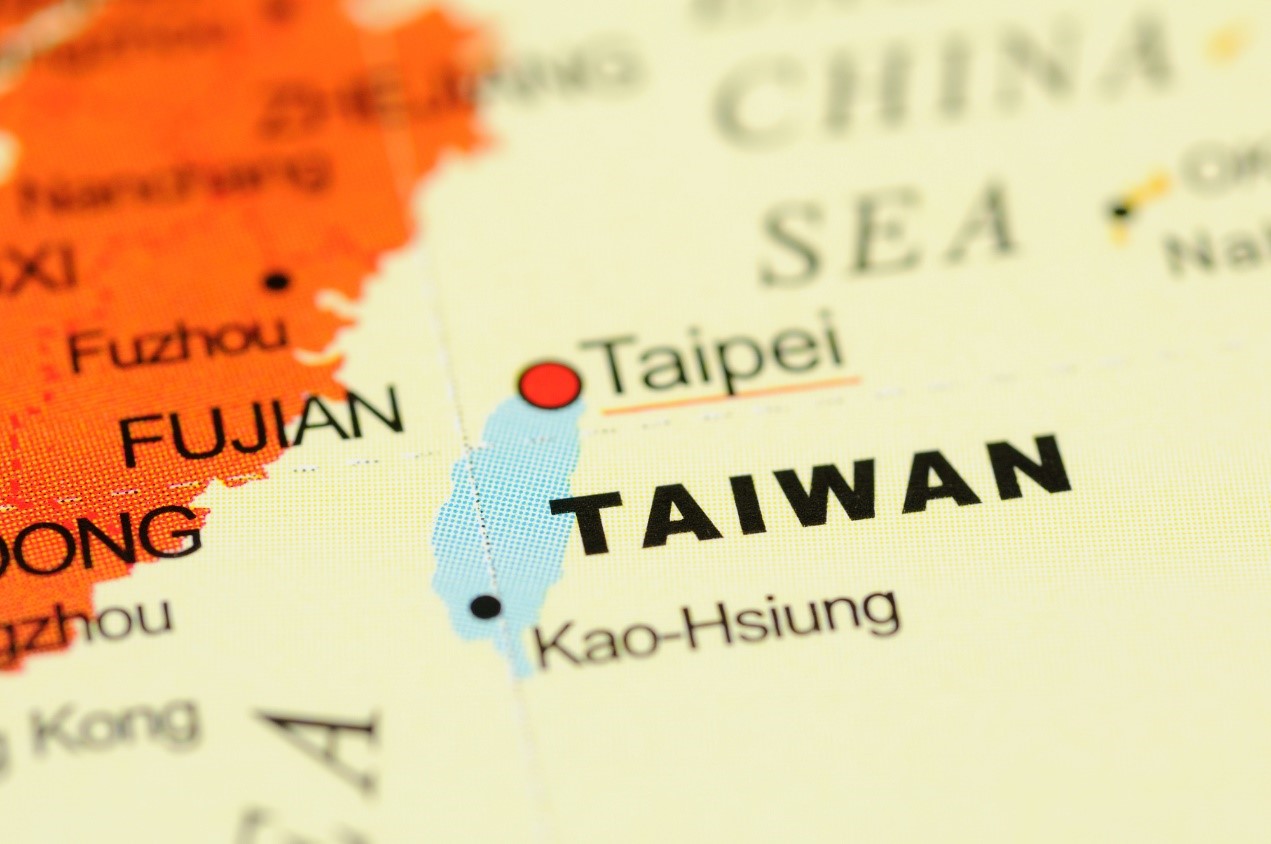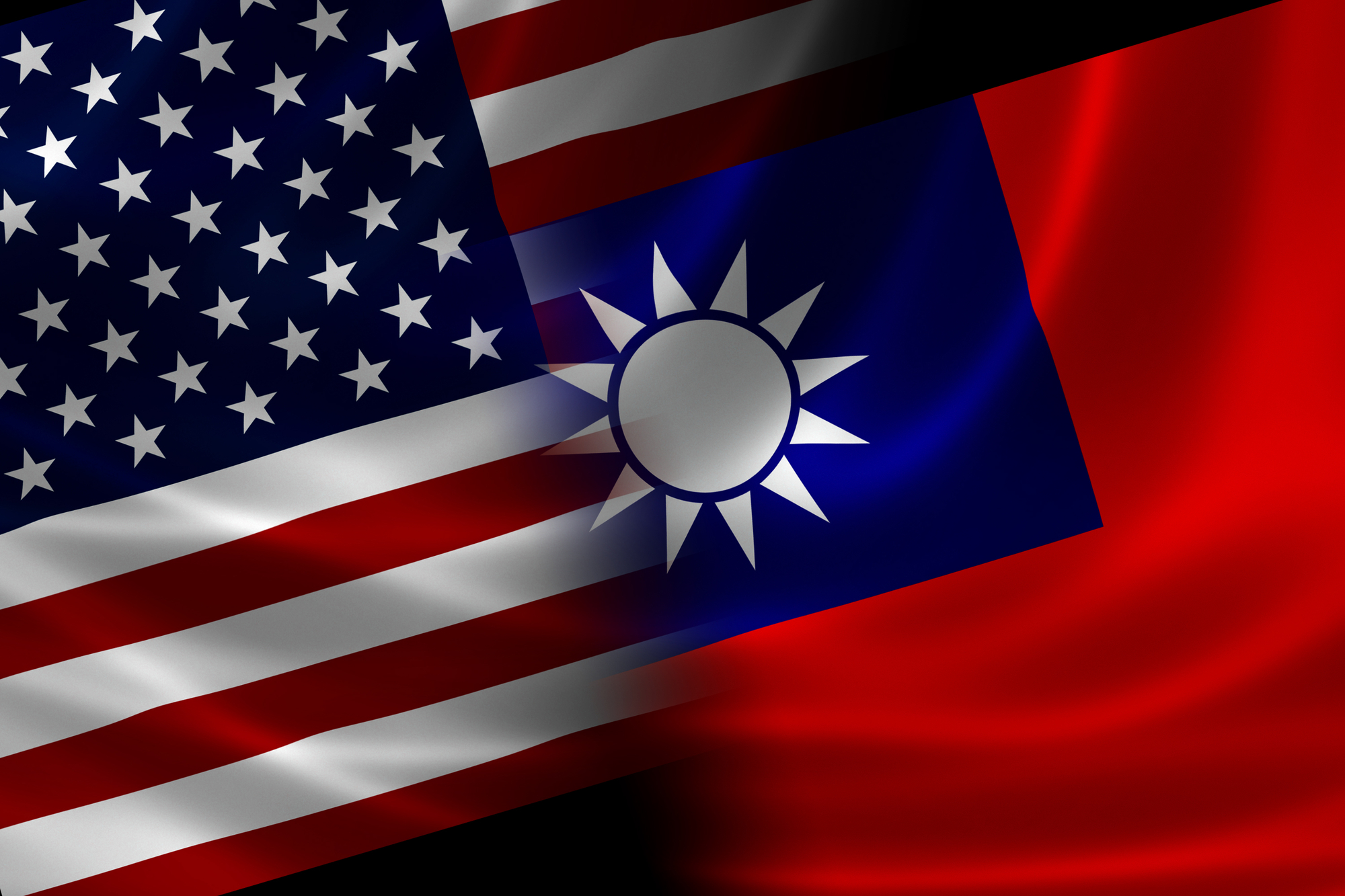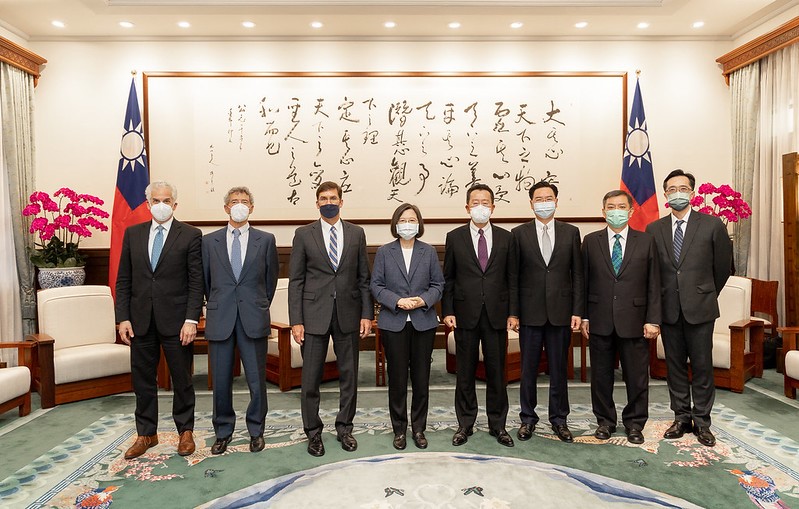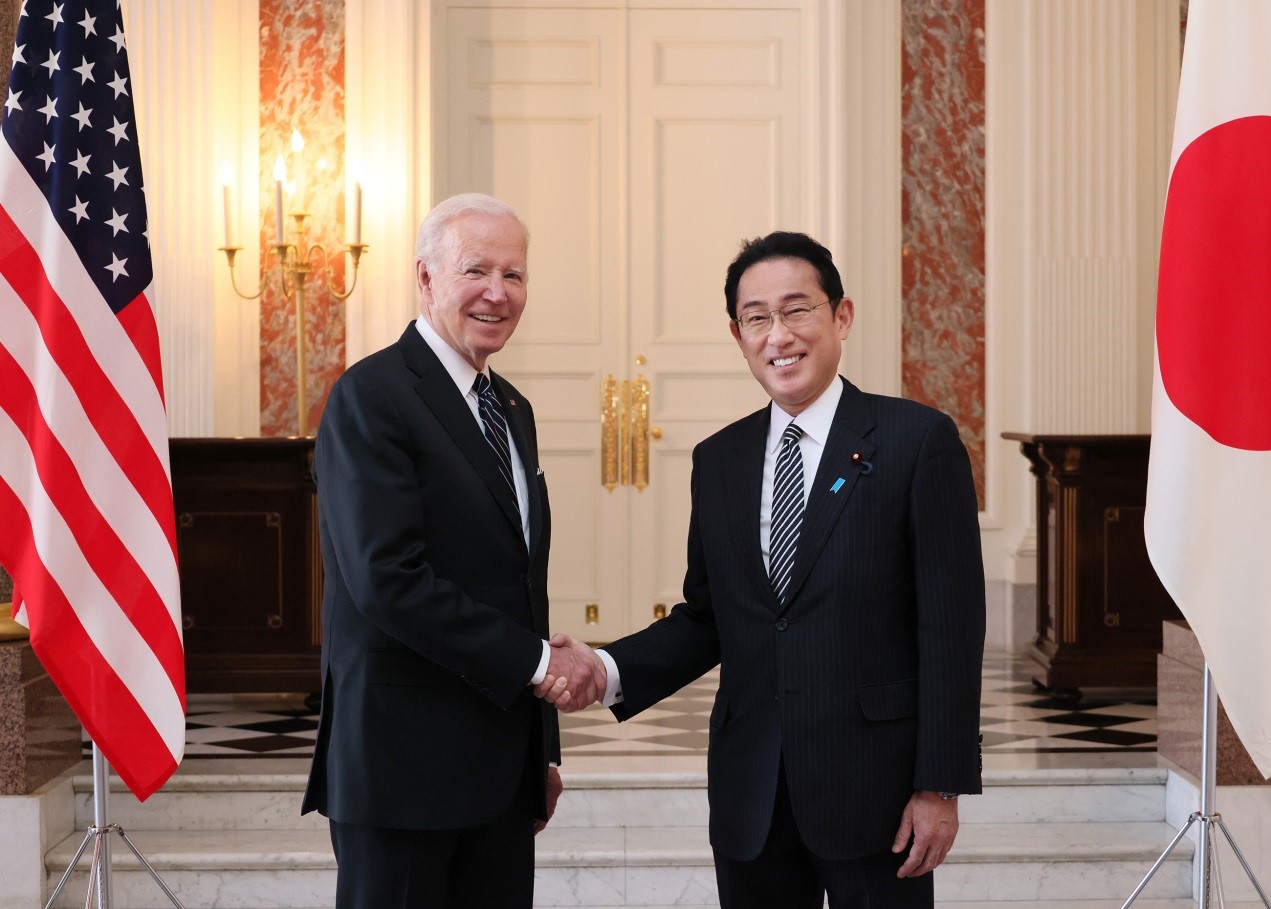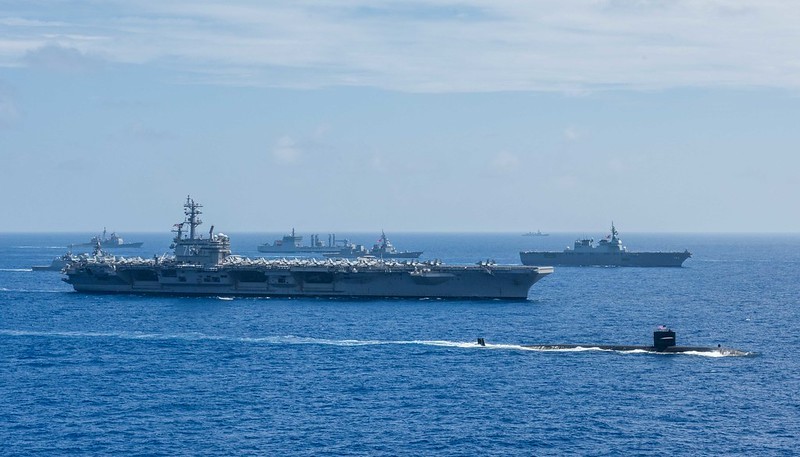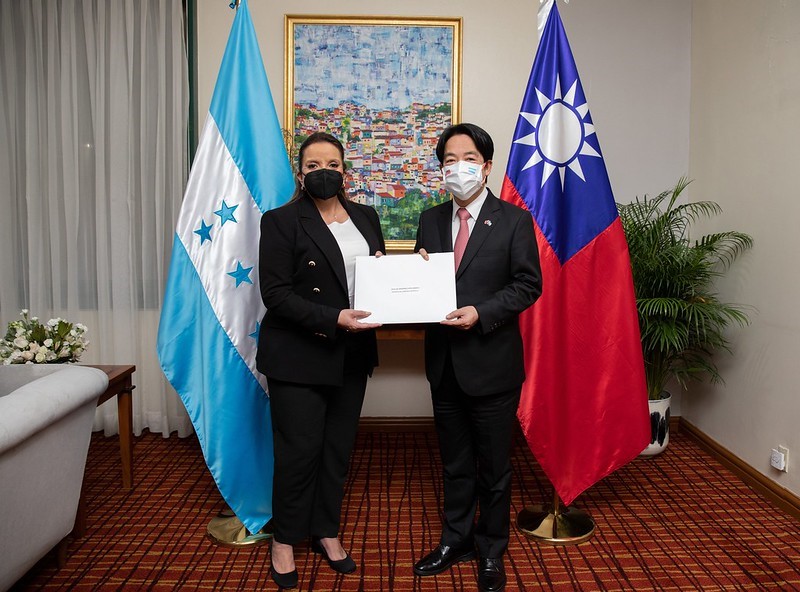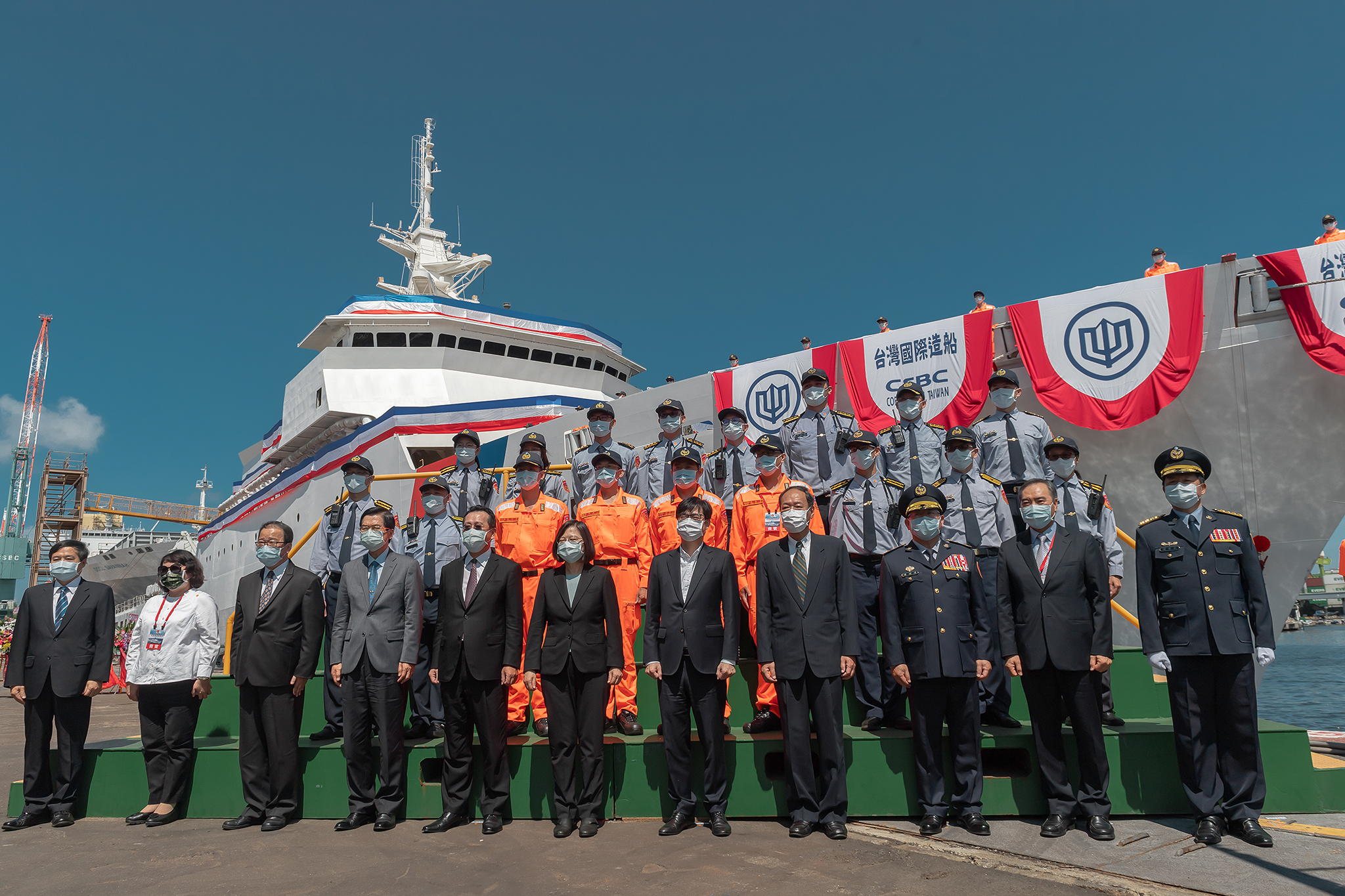The development of a new orbital hypersonic glide vehicle (HGV) weapon by China’s People’s Liberation Army (PLA) poses direct and indirect threats to Taiwan. While Taipei can partially mitigate this threat, the more effective early deterrent responses must come from Washington. Picture source: Global Times, Space Battles, https://forums.spacebattles.com/threads/df-17-and-dr-8-debute-how-will-it-affect-the-balance-of-power.790627/
Prospects & Perspectives 2021 No. 57
China’s Orbital Hypersonic Weapons and Taiwan
By Richard D. Fisher, Jr.
November 12, 2021
The development of a new orbital hypersonic glide vehicle (HGV) weapon by China’s People’s Liberation Army (PLA) poses direct and indirect threats to Taiwan. While Taipei can partially mitigate this threat, the more effective early deterrent responses must come from Washington.
On October 20, 2021, the Financial Times updated its original October 16 story by noting that China had conducted two tests, not just one, of its orbital hypersonic weapon, on July 27 and then August 13 this year.
The first test was reported to have employed a Long March-2C (LM-2C) space launch vehicle (SLV) that lofted a platform into Low Earth Orbit, apparently for at least one orbit, before launching a HGV warhead, which was reported to have missed its target by about 24 miles (38.6 km). Details of the August 13 test were not reported.
The PLA’s new weapon is an updated version of the Fractional Orbital Bombardment System (FOBS) developed by the former Soviet Union and used on its R-36 (NATO code SS-9 SCARP) intercontinental ballistic missile (ICBM) from 1968 to 1983.
During the late 1960s the PLA also tried to develop a FOBS nuclear-armed ICBM, and though that program was cancelled, it likely provided the basis for the current FOBS system.
Both the SS-9 and the new PLA FOBS weapons enable South Pole trajectories to attack the United States from southern routes far less protected by early warning radar; they thus give the PLA a greater potential for surprise attack.
The hypersonic maneuverability of HGV warheads used by the PLA’s FOBS compounds the difficulty of defense against this PLA weapon.
Furthermore, the PLA’s use of a “civilian” LM-2C SLV, even though the PLA controls all of China’s space launch centers, raises the possibility that for decades Chinese SLVs have had secondary nuclear strike missions not counted in the PLA’s nuclear order of battle.
Against Taiwan, the PLA could also opt to launch a SLVs on a north or south polar route, announced as civilian space launch missions, but instead orbiting FOBS platforms that commence a more general offensive against Taiwan.
Taiwan’s underground command and control facilities and its eastern network of military tunnels would be highly vulnerable to HGV warheads with high impact power.
But perhaps the greater threat to Taiwan is indirect. Unique PLA FOBS-HGV weapons, when added to the PLA’s ongoing sprint to nuclear superiority, revive the threat of “strategic decoupling,” or an ability to coerce Washington from fulfilling strategic commitments to defend its allies or partners such as Taiwan.
This sprint to nuclear superiority includes not just an estimated 350 or so new ICBM silos being built in China’s Western deserts, filled with potential 10-warhead armed ICBMs, but also new nuclear ballistic missile submarines (SSBNs) armed with new multiple warhead submarine launched ballistic missiles (SLBMs), and new intercontinental range capable strategic bombers.
While the U.S. is now limited to a force of 1,550 nuclear warheads under the U.S.-Russia New START Treaty, which the Biden Administration extended until 2026, by that date the PLA could have well over 3,000 warheads, on its way to 4,000 warheads.
Russia too may add its 1,550+ warheads to combined China-Russia nuclear coercive exercises intended to convince the United States not to help defend Taiwan in the event of a PLA attack. It is also possible that the ability to mass 5,000 or more warheads may tempt Beijing and Moscow to consider a nuclear first strike against the U.S.
In such a scenario, the PLA’s ability to mask FOBS-HGV strikes as civilian SLVs could allow surprise strikes with high altitude Electromagnetic Pulse (EMP) weapons that could severely damage the electronic infrastructure of the United States, better assuring follow-on nuclear strikes that would destroy U.S. nuclear forces.
Or, short of a general nuclear attack, a successful FOBS-EMP strike combined with the threat of a joint China-Russia nuclear attack may be enough to force the U.S. president to cease military operations in support of Taiwan, followed by the withdrawal of U.S. forces from Asia and Europe and the long-term submission to a new Chinese Communist Party (CCP)-led hegemony.
However, in the few short years remaining before the PLA could achieve nuclear superiority over the United States, it is possible for Taipei and Washington to take measures that increase their ability to deter Beijing from deciding it can succeed by starting a war.
In short, Taiwan can take steps to reduce the CCP’s incentives to invade Taiwan, while the U.S. must ensure that Beijing and Moscow never conclude they can “decouple” Washington from Taipei.
For the invasion deterring goal, the Tsai Ing-wen administration has recently made the correct decision to devote much of a new US$8.7 billion special budget to increase production of indigenous Taiwan missile systems.
To the production of existing surface-to-air missiles (SAMs), anti-ship missiles (ASMs), and short-range land attack cruise missiles (LACMs), must be added the production of new long-range ballistic missiles, LACMs, and new cheap but long-endurance loitering munitions.
Taiwan requires tens of thousands of cheap cruise missiles and loitering munitions to overwhelm PLA invasion fleets that could include thousands of “civilian” roll-on-roll-off (RORO) barges. Large numbers of long range ballistic missiles are required to attack PLA invasion nodes that will be gathering along most of its Pacific coastline.
There is an urgent requirement for the U.S. to ease missile technology export restrictions so as to allow Taiwan to increase production of current missiles and rapidly develop new ones. Washington can also accelerate the delivery of the nearly 600 ballistic and cruise missiles sold to Taiwan in 2020, and offer new less expensive ballistic missiles like the 500 km to 800 km-range Precision Strike System (PrSM).
It perhaps is just as important for Taipei to join with Tokyo, Canberra, and other U.S. allies in urging the U.S. to not allow China to achieve nuclear superiority.
Such appeals do have precedent. In 2016, North Atlantic Treaty Organization (NATO) allies and Japan lobbied the Obama administration not to adopt a No First Use (NFU) policy on nuclear weapons, as that would have encouraged Russian and Chinese aggression. In 2021 they are again lobbying the Biden Administration to forego NFU-like policies.
This will require private and perhaps even public appeals that the United States abandon the New START Treaty with Russia and put warheads back on its ICBMs and SLBMs, which could increase U.S. deployed warheads back to levels needed to deter both China and Russia.
Furthermore, Taiwan would only be strengthening its own security by appealing to the U.S. to rapidly increase its theater nuclear forces in Asia, deployed on U.S. submarines, warships, and even military bases.
Even in a scenario in which a combined China-Russia strike eliminates U.S. strategic nuclear weapons, the availability of secure theater nuclear forces in Asia would assure U.S. retaliation. This means that China and/or Russia would more likely be deterred from using nuclear weapons or employing nuclear coercion at the start of a war over Taiwan.
But it is the prospect of near-term nuclear disaster, made more dangerous by China’s new FOBS-HGV weapons, which should mobilize Taipei and Washington to make the investments that provide the greatest chance of preventing the CCP from deciding it can win a war on the Taiwan Strait, or a nuclear war with the United States.
(Richard D. Fisher, Jr. is Senior Fellow, International Assessment and Strategy Center.)


